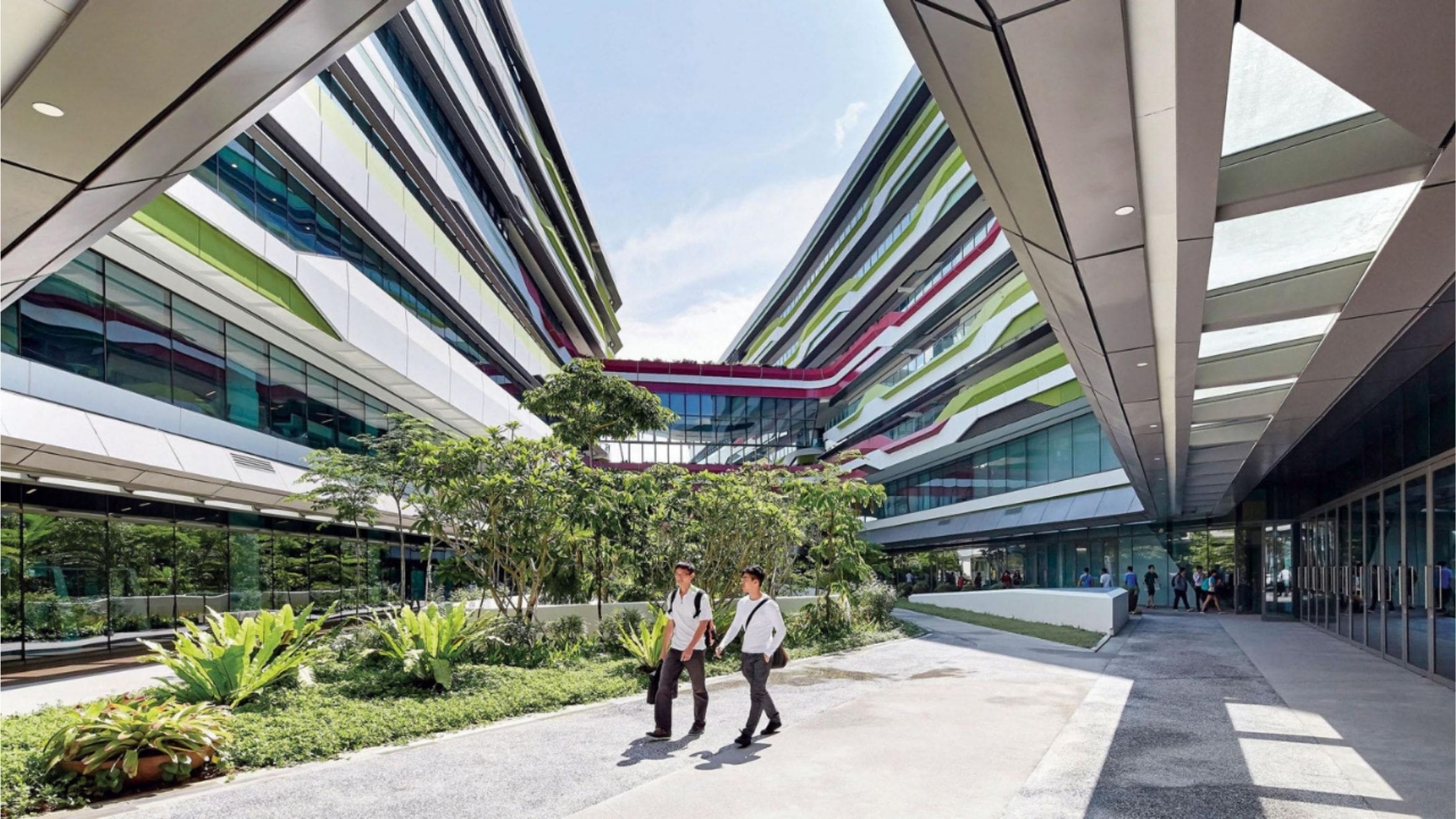Navigating Singapore Schools: International Schools (part 2) | Relocity
Singapore’s educational system is world-renowned for its alignment of curriculum to instruction, incorporation of technology, transmission of factual...
2 min read
Seem Sing Director Of Operations APAC May 16, 2022

Singapore’s educational system is world-renowned for its alignment of curriculum to instruction, incorporation of technology, transmission of factual and procedural knowledge, and impressive student performance. In this series, we’ll give expats and transferees an overview of the range of schooling options that await in their relocation journey.
Singapore’s mainstream schools have become more popular for expatriate families in recent years due to limited relocation benefits and localized packages. Also known as “public schools” or “local schools,” these institutions offer a high-quality and economical option for relocating families with school-age children who plan on staying in the country for the long term (over three years).
The country's mainstream schools are well known for their high standards in math and science, with Singaporean students taking top spots in many global studies. However, obtaining a seat in a mainstream school can be challenging for expatriate students due to the fact that all local students are guaranteed placement, while seats for international students are limited and contingent upon passing the AEIS exam.
English is the language of instruction in Singapore, but another competitive advantage of the nation’s education system is its bilingual policy. Early immersion into and application of a second language can be beneficial to the development of elementary/primary-age students. All students must take a second language, and the language options available typically vary depending on the school. Many local students elect to take a mother tongue like Malay, Mandarin, or Tamil.
The admissions process is centralized through the Ministry of Education (MOE), and information is easy to find on their website. This process can take an extended period of time with clear timelines for each stage i.e. application submission, exam, outcome, and enrollment.
It’s important to reiterate that placement for international students is based on availability and offers no choice on the allotted school. Additionally, primary and secondary schools are located on different campuses. Parents should factor this into their housing search, if considering or pursuing mainstream school placement.
As no guarantee for a placement for an international student, we encourage assignees to have a backup plan. These options include:
As mentioned in part two of the series, academic calendars in Singapore vary across institutions. However, mainstream schools’ academic year consists of four 10-week terms and runs January through December. The below table breaks out the number of years for the local school system.
%20Table.png)
For all grade levels except Primary 1, an Admission Exercise for International Students (AEIS) tests applicants’ English and mathematics abilities.
Registration for international students entering Primary 1 can only take place after parents submit an expression of interest during a one-week window each June.
For all grade levels other than Primary 1, parents must apply for the centralized testing via online application form on the MOE website. The AEIS is held every September or October for each following academic year.
The MOE conducts a supplementary AEIS (S-AEIS) in the second half of February.
Here are some of the additional benefits of Singapore’s local school system:
For more information on talent mobility solutions and destination services – including assistance with school admissions – in Singapore and around the world, contact Relocity at contact@relocity.com or request a free demo at www.relocity.com/demo.
To read part one, Navigating Singapore Schools: An Introduction, click HERE.
To read part two, Navigating Singapore Schools: International Schools, click HERE.
(Image: Source)

Singapore’s educational system is world-renowned for its alignment of curriculum to instruction, incorporation of technology, transmission of factual...

Singapore’s educational system is world-renowned for its alignment of curriculum to instruction, incorporation of technology, transmission of factual...

I’m Charlotte, Relocation Consultant for Sydney, Australia at Relocity. As you acclimate to life in Sydney, allow me to introduce hot spots every...